Dozens of trees knocked down during the calamitous Storm Arwen last year have been given a new lease of life restoring an important Aberdeenshire ecosystem.
Millions of trees and thousands of acres of woodlands were damaged or flattened when the storm struck Scotland last November, and the north-east of the country was one of the worst-hit regions.
On Scolty Hill, just south of Banchory, huge swathes of the forest were reduced to piles of smashed and broken wood.
And now, almost a year on, a number of those battered trees from Scolty Hill have been given a new use in a nearby nature restoration project.
About 50 mature trees from the hill which were knocked down by Arwen have now been carefully placed into the Beltie Burn near Torphins, one of the key tributaries of the River Dee.
They have been used to create 15 new “woody structures” that have been dug into the river bed of the burn.
The new structures will help in creating new habitats for wildlife, and will slow down the flow of the waterway during heavy rain — helping to reduce the impact of flooding.
£12,000 project will help crisis-hit Atlantic salmon, as well as otters, birds and insects
The project to install the Scolty trees at the Beltie Burn has cost £12,000, and was made possible by various groups including the Dee District Salmon fishery Board, the Dee Catchment Partnership, and Forestry and Land Scotland.
Edwin Third, the river operations manager for the fishery board, said bringing the new trees to the Beltie Burn helps to return it to its former, more densely-forested state — which is beneficial for wildlife.
He said: “These rivers once flowed through a wooded landscape, and the riverside trees would have been a vital part of the habitat structure, providing shade, shelter and food — as well as pools and gravel beds when they fall into the river, where aquatic species can hide from predators.
“Nowadays these must be among the rarest habitats in Scotland, and with the Atlantic salmon in crisis we urgently need to get them back”.
Edwin explained that as salmon go through their life cycle, they require various different habitats to live in.
He continued: “By adding large woody structures to the river, we can help to create these complex and diverse habitats for them.
“But we also support all the native wildlife, interrupting and trapping vegetation and boosting aquatic insects, creating feeding platforms for birds like dippers, and the kind of entangled, protective structures that otters love.
“Salmon will be navigating these structures in the next few weeks as they make their way up the Beltie to spawn.”
Using trees damaged by Storm Arwen was ‘obvious’ solution
Susan Cooksley, freshwater ecologist and manager of the Dee Catchment Partnership, said using the trees damaged by Storm Arwen on Scolty Hill was a natural solution.
It is the latest development in efforts to restore the Beltie Burn to its original state, after it was straightened for agricultural work in the mid-18th century, severely harming the habitats present.
Susan said: “With the ready availability of these storm-damaged trees, it was the obvious next step for the Beltie, to create a variety and complexity of habitats for nature, just as beavers do, and improve the connectivity between the river and its floodplain by raising the level of water.
“We have learnt a lot from these works at the Beltie and this will allow us to tackle other projects in the area with confidence.”
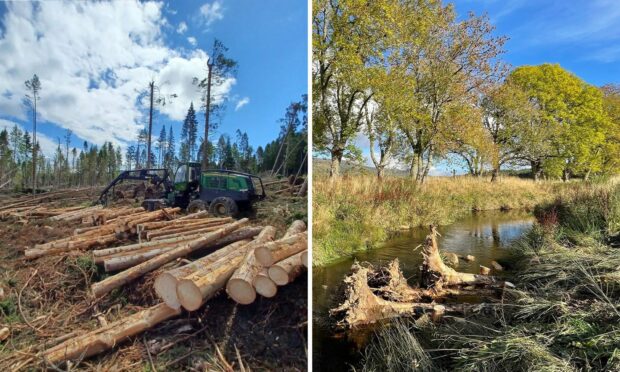
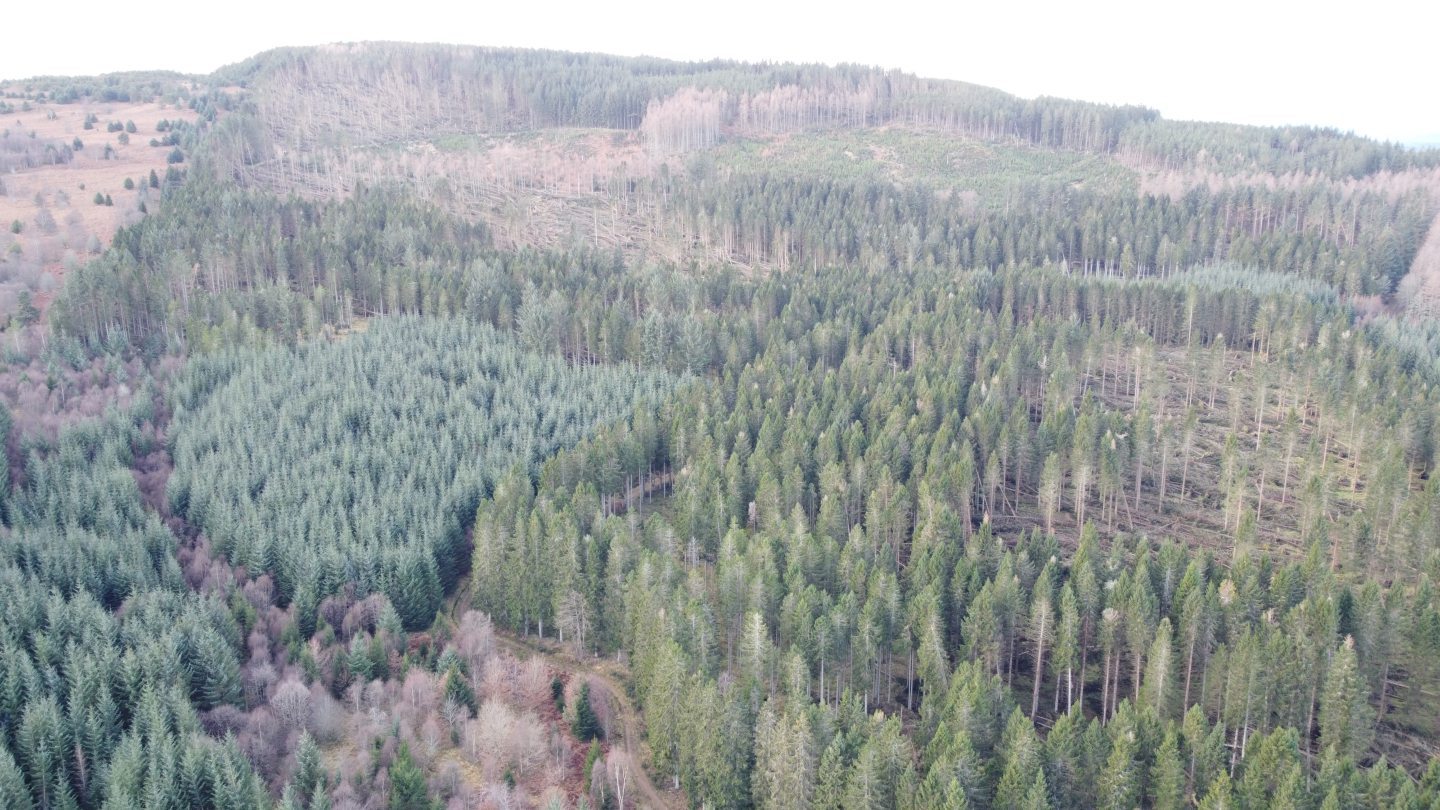
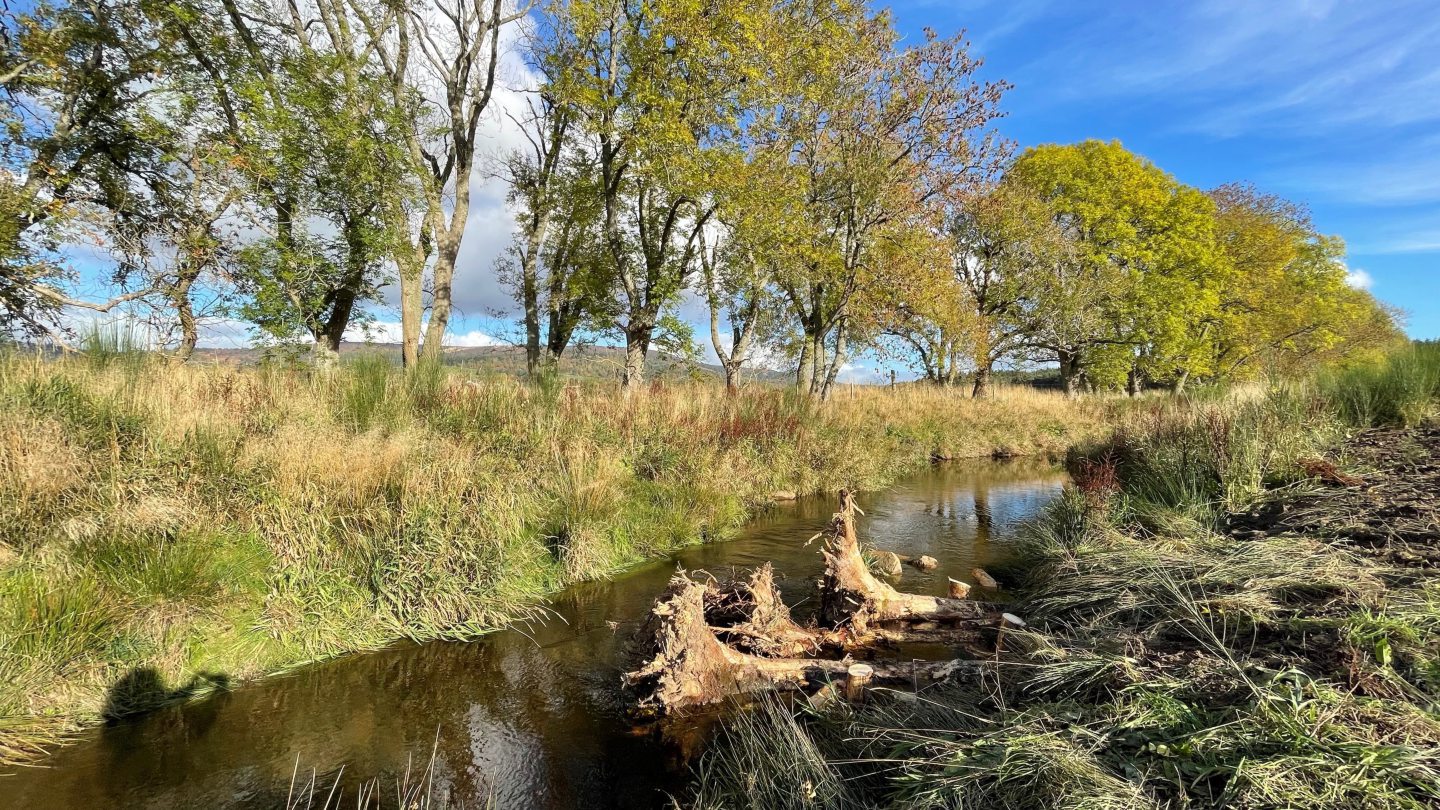
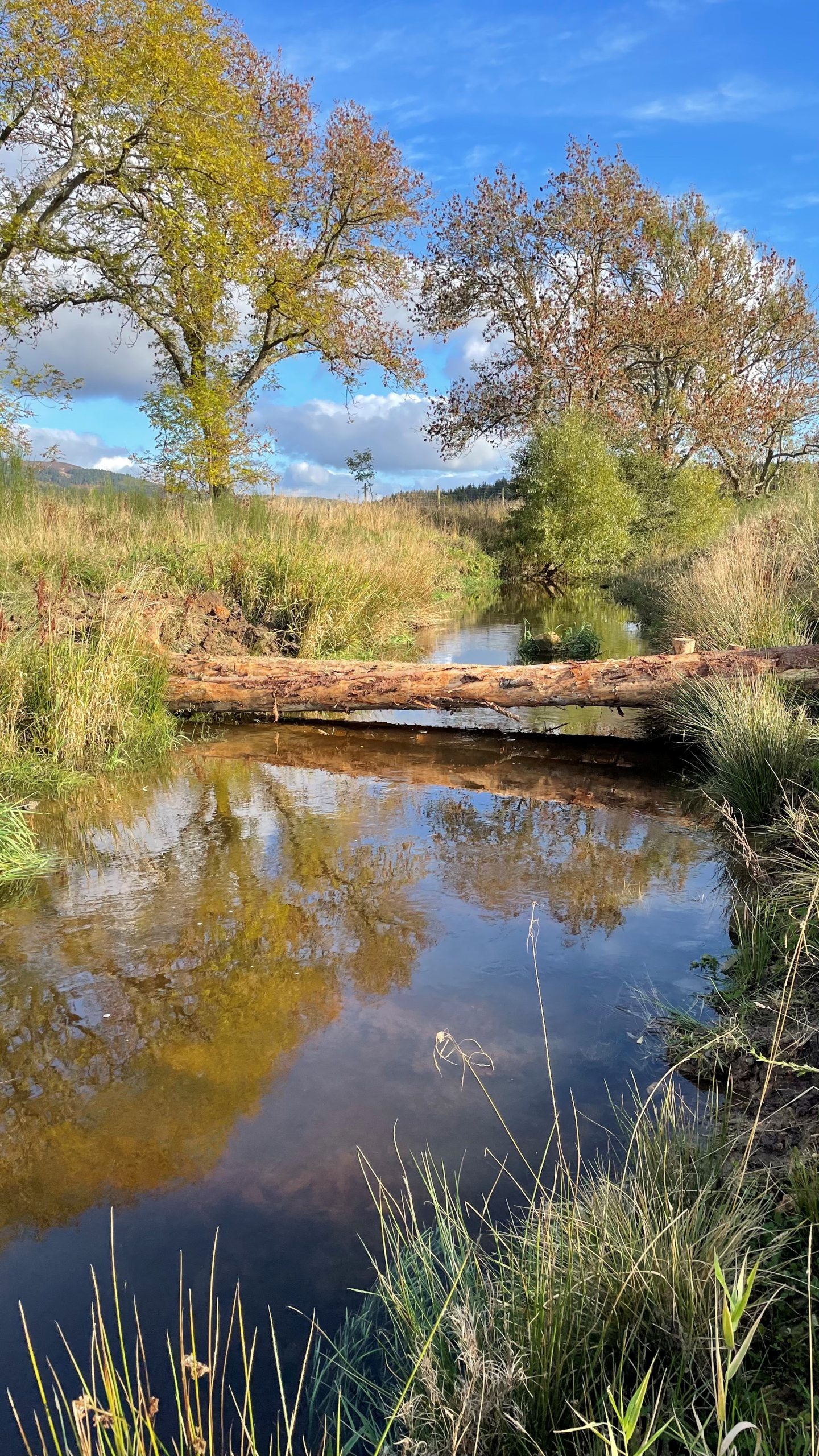
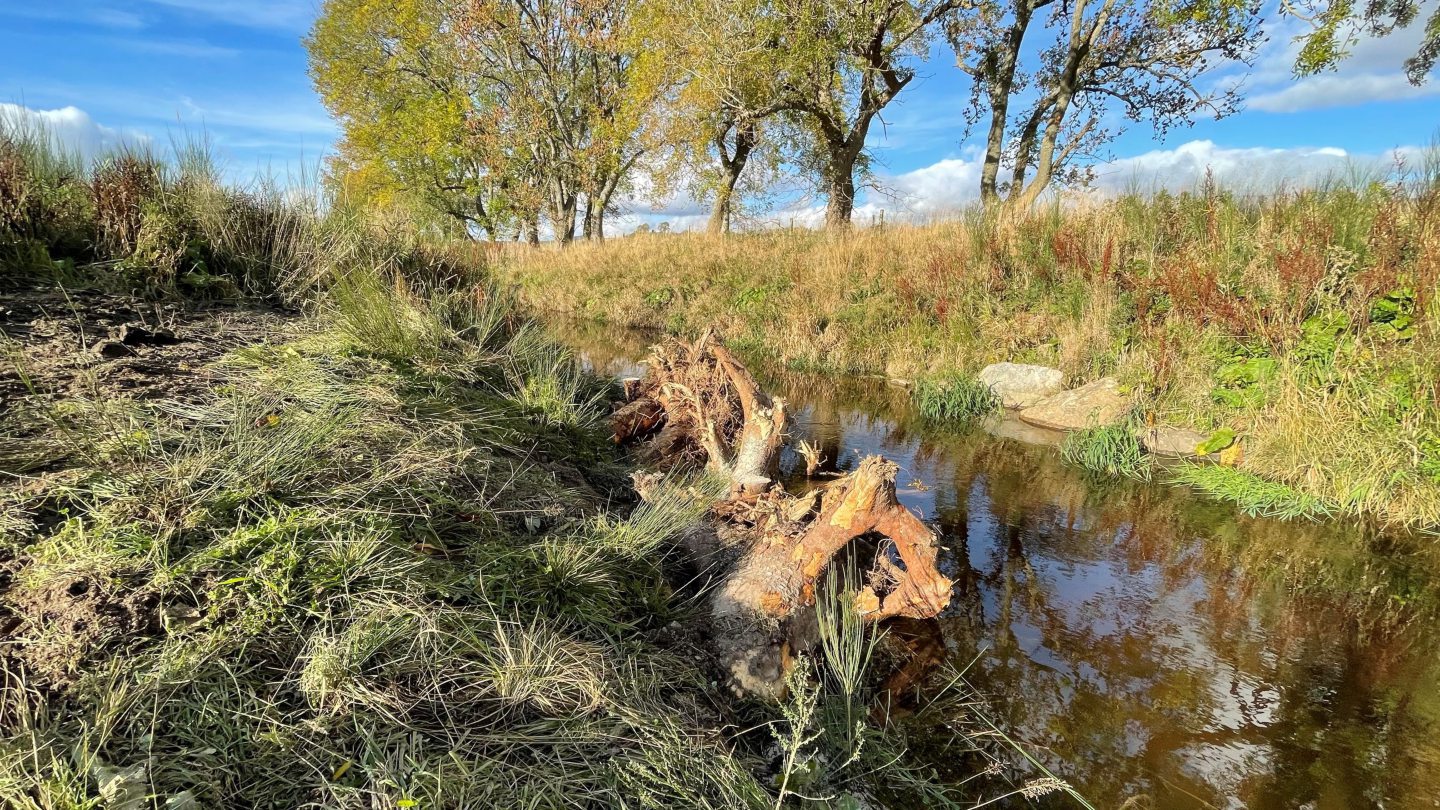
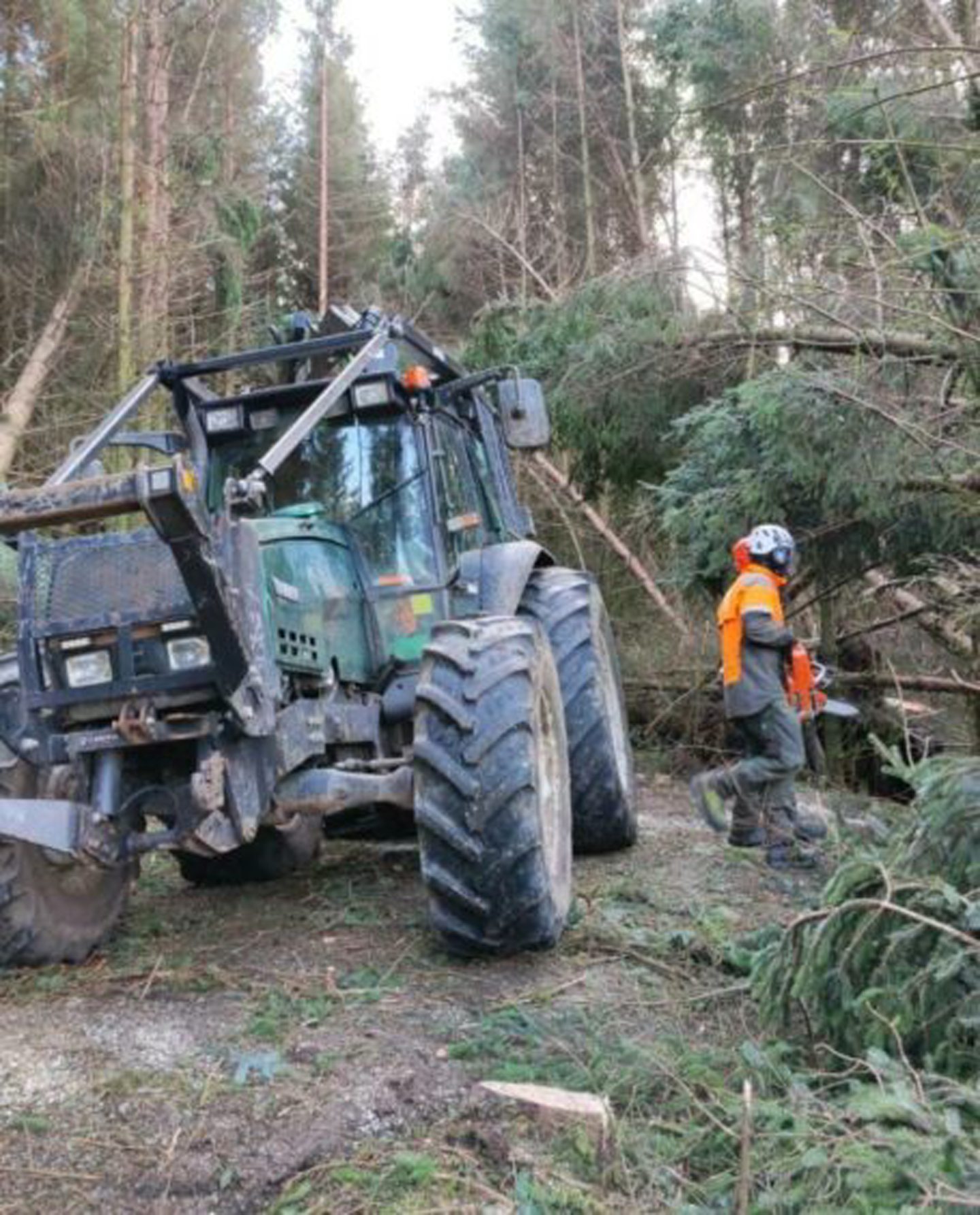










Conversation